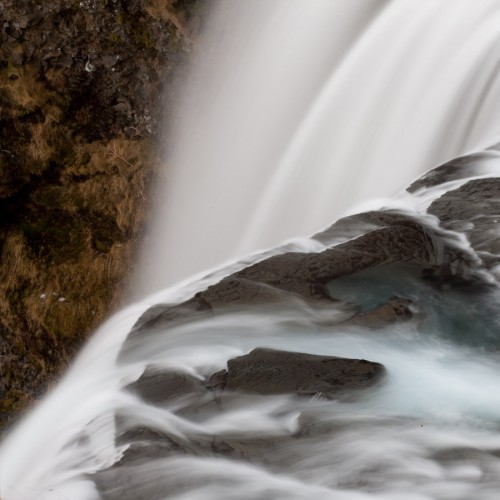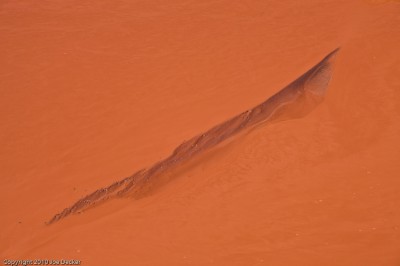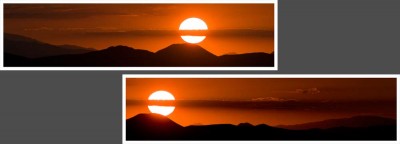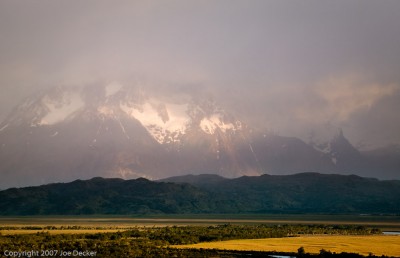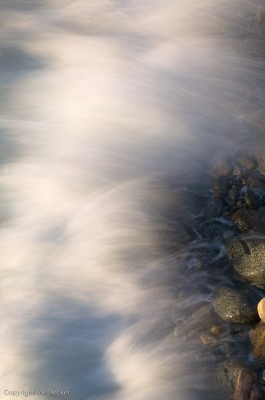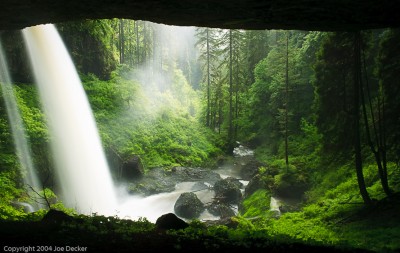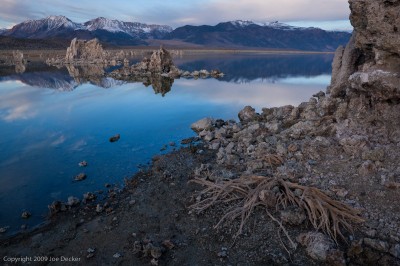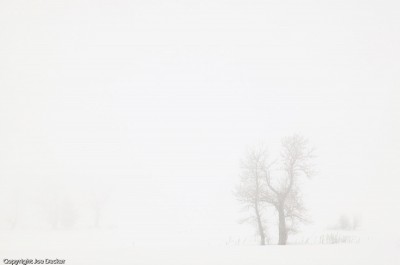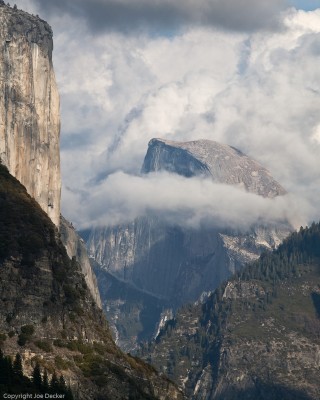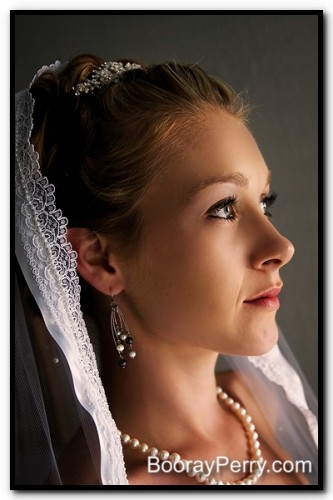The Tuesday Composition: Just Move!
If you like this article, you can now get the book! Joe has expanded the “Tuesday Composition” series into an inspiring new ebook on composition, especially for nature photography. Check it out: The Tuesday Composition.
Keep moving!
One of the best things about giving “shoot and critique” workshops is that I get the opportunity to see what participants can make out of a given situation. It’s great to see how different and interesting their visions are-I constantly learn things from my students by observing their photographic vision. But it’s also a great environment for me to be able to give knowledgeable feedback. Over the years, one of the most common themes I’ve seen in my feedback, particularly to beginning photographers, is suggesting that the image might have improved if the photographer had moved a little-whether left, right, forward, back, up or down.
Every movement of the camera and photographer changes the “choreography” of the images, some subjects get bigger, some smaller, and the position of the elements involved changes as well. Perhaps some appear – or disappear – around other objects. The positioning of the objects in the frame changes as well, movement is a powerful photographic tool. (more…)
